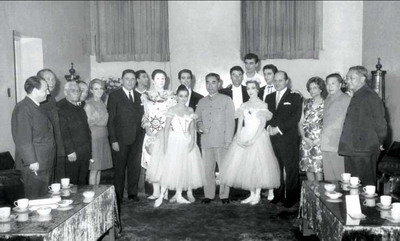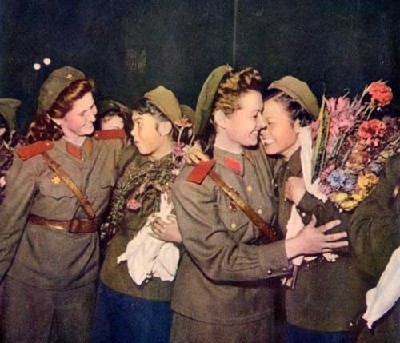| |
3. From 1949 to 1965, China signed 35 cultural cooperation agreements with foreign countries. They averaged 100 to 200 cultural exchange projects each year, involving 400 to 500 persons.
4. In 1954, the Song and Dance Ensemble of the Chinese People’s Liberation Army, comprising 270 members, visited the Soviet Union, Czechoslovakia, Romania and Poland.
5. In 1960, China Art Ensemble, comprising 300-odd artists, visited Burma along with Premier Zhou Enlai. They were heartily welcomed by local people for the blockbusting performances, winning friendship and applauses.
6. In 1964, Chairman Mao Zedong put forward the strategic thought of “two middle zones”. He pointed out that the Western World “is not monolithic”, and China should intensify economic and cultural exchanges with western countries. In January 1964, China and France established diplomatic relations. In October 1965, the Chinese and French governments signed an agreement for cultural exchanges in 1965 and 1966. It was the first inter-governmental cultural exchange plan China signed with western countries.

On May 8, 1965, Premier Zhou Enlai met French ballet troupe members in Beijing.
7. In the 1950s, China put on stage Swan Lake, its first classic ballet, and established the Central Philharmonic Orchestra (now renamed as China National Symphony Orchestra). It promoted the development of western classical categories of art in China, such as operas and oil paintings. It also cultivated a large number of outstanding talented artists, and flourished the Chinese culture and art sector. On the basis of learning from foreign advanced cultural management experiences, China successively set up a great deal of new-type art and cultural troupes, such as China Peking Opera Theatre, China National Opera House, Central Philharmonic Orchestra, and Beijing People’s Art Theatre (photos of five units), which were completely distinct from bands of performers in the Old Society before 1949. China also constructed plentiful public cultural facilities of cinemas, libraries, art galleries, and museums (the latter three) across the country, basically ending the deficient and feeble phases of cultural and art undertakings in the Old Society.
During the Cultural Revolution period (1966-1976), China’s cultural exchanges with other countries sustained severe damages. Organizations were cancelled. Task forces were dismissed. Learning from the merits of foreign excellent cultures was denied. Cultural agreements and annual exchange plans with foreign countries were suspended. However, under the special backdrop of the time, China did not come to a full stop in cultural exchanges with the outside world. Instead, they became a part of the diplomacy of the government, and exerted a unique role to serve the overall interest of the country’s diplomacy.

In 1954, the Song and Dance Ensemble of the Political Department of the Chinese People's Liberation Army paid a visit to Czechoslovakia.
|
|
